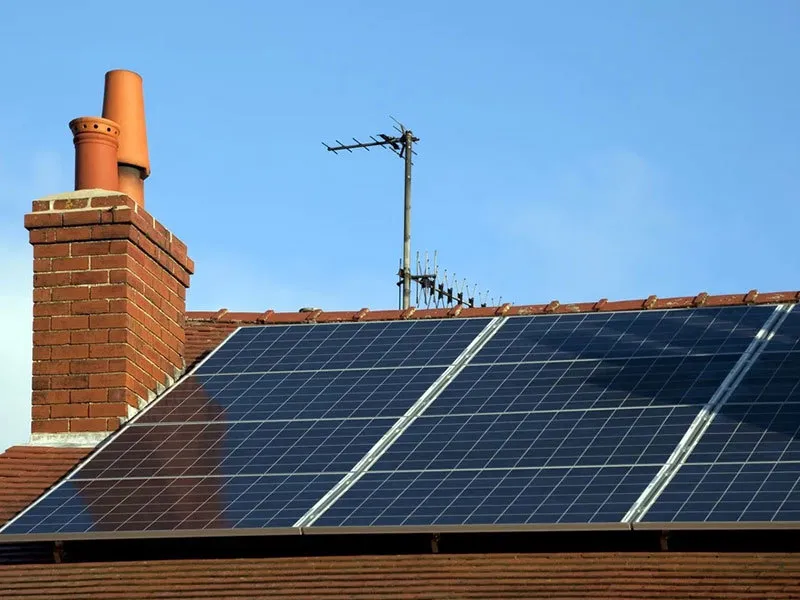calculate the solar panel size in watt
How to Calculate the Solar Panel Size in Watts
Solar energy has become increasingly popular as a sustainable and renewable source of electricity. As more homeowners and businesses turn to solar power to reduce energy costs and decrease their carbon footprints, one common question arises how do you calculate the size of the solar panel system you need, measured in watts? In this article, we will guide you through the essential steps to determine the appropriate size of solar panels for your specific energy needs.
Understanding Your Energy Consumption
The first step in calculating the size of your solar panel system is to assess your energy consumption. This is typically measured in kilowatt-hours (kWh). Take a look at your electricity bills over the past year to determine your average monthly consumption. You can calculate your average daily usage by dividing your monthly usage by 30. For example, if your monthly consumption is 900 kWh, your average daily usage would be
\[ \text{Daily Usage} = \frac{900 \text{ kWh}}{30} = 30 \text{ kWh} \]
Solar Panel Output Estimation
Next, you need to estimate how much sunlight your location receives. The average solar panel generates between 250 to 400 watts of power under ideal conditions. However, the amount of energy produced can vary based on location, weather, and the angle of sunlight on the panels. A useful metric is the solar insolation, measured in peak sun hours per day (PSH), which represents the hours of full sun an area receives each day.
To find the PSH for your location, you can use online solar maps or databases, which provide information based on geographic coordinates. For instance, if your area receives an average of 5 peak sun hours per day, a 300-watt solar panel would produce
\[ \text{Daily Output} = 300 \text{ watts} \times 5 \text{ hours} = 1500 \text{ watt-hours} = 1.5 \text{ kWh} \]
Calculating Total Solar Panel Size
calculate the solar panel size in watt

To determine the total size of the solar panel system you need, divide your average daily energy consumption by the daily energy output of one panel
. Using the example of a daily energy requirement of 30 kWh and a panel output of 1.5 kWh\[ \text{Number of Panels} = \frac{30 \text{ kWh}}{1.5 \text{ kWh}} = 20 \text{ panels} \]
Now, if each panel is rated at 300 watts, you can calculate the total size in watts
\[ \text{Total System Size} = 20 \text{ panels} \times 300 \text{ watts} = 6000 \text{ watts} = 6 \text{ kW} \]
Considering System Losses
It's essential to account for system inefficiencies that may arise from shading, panel orientation, inverter efficiency, and other factors, which can reduce the efficiency of your solar power system by about 15%-25%. To factor this in, you can adjust your calculated system size upwards. If we assume a 20% loss in efficiency
\[ \text{Adjusted System Size} = \frac{6000 \text{ watts}}{1 - 0.20} = 7500 \text{ watts} = 7.5 \text{ kW} \]
Conclusion
Calculating the size of your solar panel system in watts involves understanding your energy needs and the production capacity of solar panels in your area. By assessing your daily energy consumption, finding local solar insolation values, and adjusting for system losses, you can make an informed decision about the appropriate number of panels, their wattage, and the total system capacity required for your solar energy setup.
Investing in the right-sized solar panel system not only contributes to a cleaner environment but also helps reduce long-term utility costs, making it a worthwhile consideration for many homeowners and businesses. If you're unsure or want a more precise estimate, consulting with a solar energy professional can provide further insights tailored to your specific situation.
-
Unlocking Energy Freedom with the Off Grid Solar InverterNewsJun.06,2025
-
Unlock More Solar Power with a High-Efficiency Bifacial Solar PanelNewsJun.06,2025
-
Power Your Future with High-Efficiency Monocrystalline Solar PanelsNewsJun.06,2025
-
Next-Gen Solar Power Starts with Micro Solar InvertersNewsJun.06,2025
-
Harnessing Peak Efficiency with the On Grid Solar InverterNewsJun.06,2025
-
Discover Unmatched Efficiency with the Latest String Solar InverterNewsJun.06,2025







